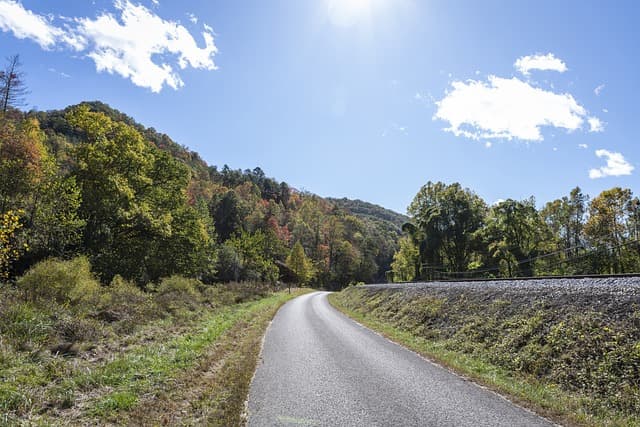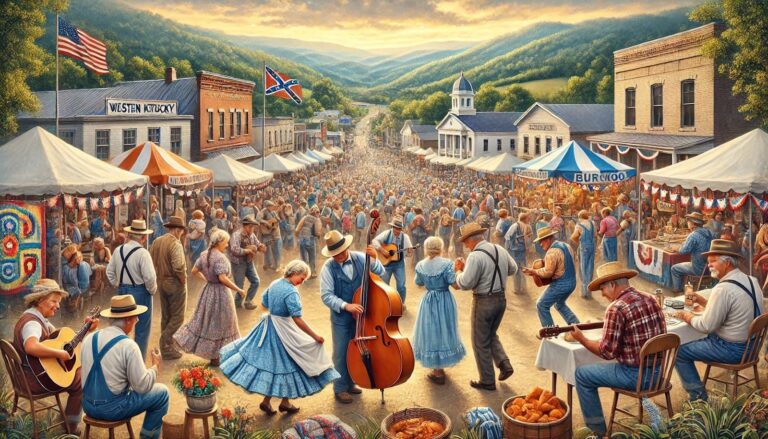Trigg County, located in western Kentucky, has a rich historical heritage and deep roots in agriculture and community development. Although Trig County has no officially recognized cities, it is home to several important towns and villages, such as Benton, Parksville, Lakewood, and others, which have formed around agricultural settlements and natural resources.
The beginning of the foundation
The history of Trigg County began in 1820, when the territory was officially formed. It was a time when the land, rich in natural resources, attracted the attention of European settlers. Initially, most of them were engaged in agriculture, and with the development of the economy, new communities emerged. The first settlements were small villages and hamlets scattered across the county. However, due to its natural beauty and fertile land, Trigg County gradually developed into an important agricultural region of importance to Kentucky.
Communities and their development
Although Trigg County has no major cities, several towns have become important points on the county map due to their historical and cultural significance.
Benton is the largest population center in Trig County and is actually the administrative center. The city is located in the west of the county and became an important economic and commercial center in the late nineteenth century. First founded as a village, Benton became a place for the development of agricultural enterprises and grain trade, and later the first railroad lines appeared, which contributed to the development of commerce. Today, Benton retains its agricultural heritage and is an important center for local farmers. The city is famous for its many cultural events, fairs, and local museums that preserve the history of Trigg County.
Lakewood, known for its natural beauty, attracts tourists due to its numerous lakes and parks. This place is popular with nature lovers, fishermen, and those looking for a peaceful place to relax. Due to its recreational opportunities, Lakewood continues to develop as a tourist center of the county. Every year, the city hosts festivals and other cultural events that attract visitors from all over the country.
Parksville is another township in the county that has a rich agricultural heritage. Thanks to its fertile land and favorable climate, Parksville has become an important region for agricultural production. Annual fairs and agricultural exhibitions attract tourists to the village and also allow local farmers to showcase their achievements. Today, Parksville continues to maintain its agricultural traditions, contributing to the local economy through the organization of various events and festivals.
Current state
In modern life, Trigg County continues to maintain its agricultural character, but is also actively developing in terms of tourism and cultural activities. The county’s towns and communities are developing, preserving their roots and historical heritage while attracting new residents and businesses that appreciate the cozy atmosphere and natural resources of the region. Today, an important part of the county is the development of the recreational industry, from fishing and water sports to historical museums and cultural events that attract tourists from all over the United States.








